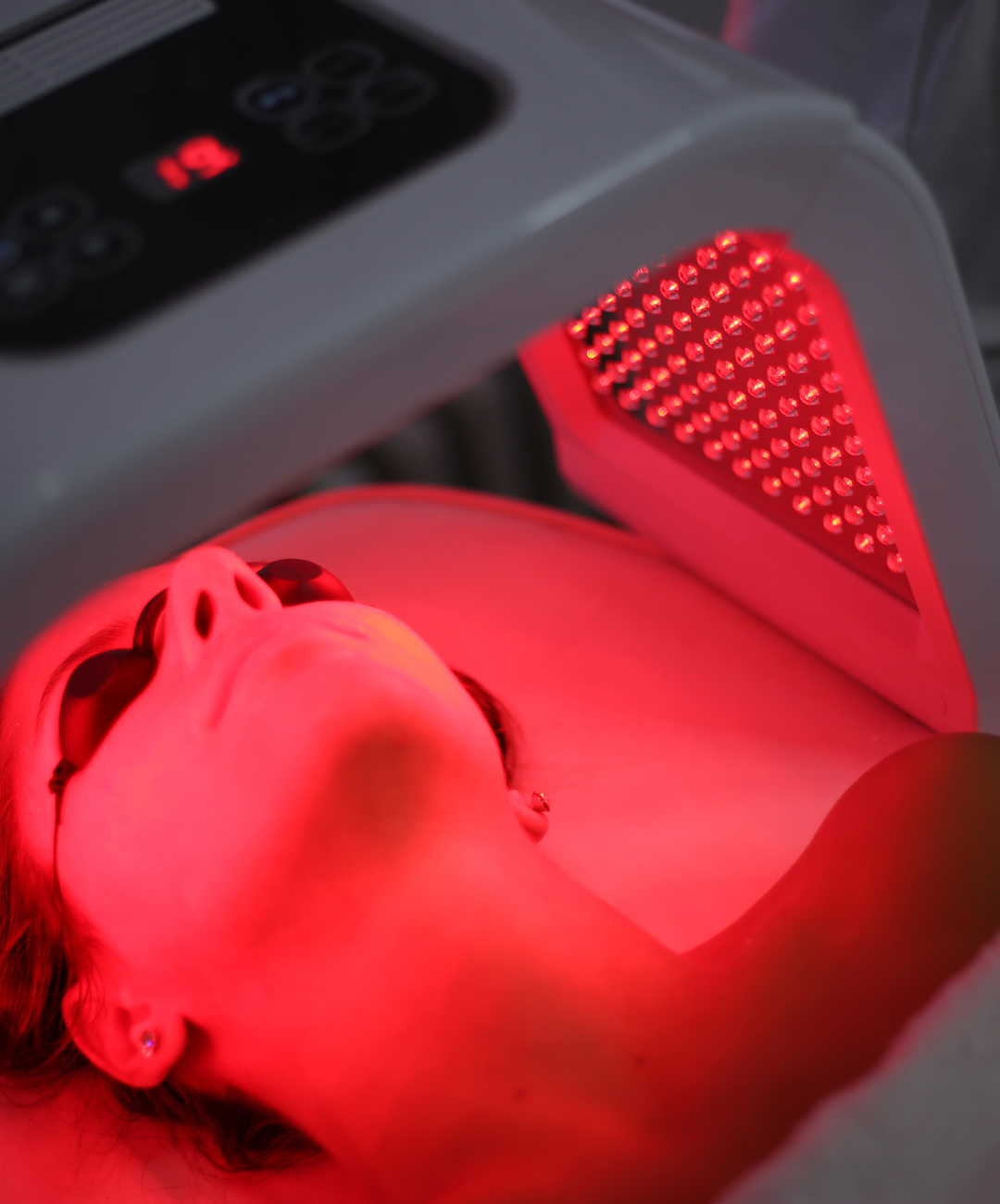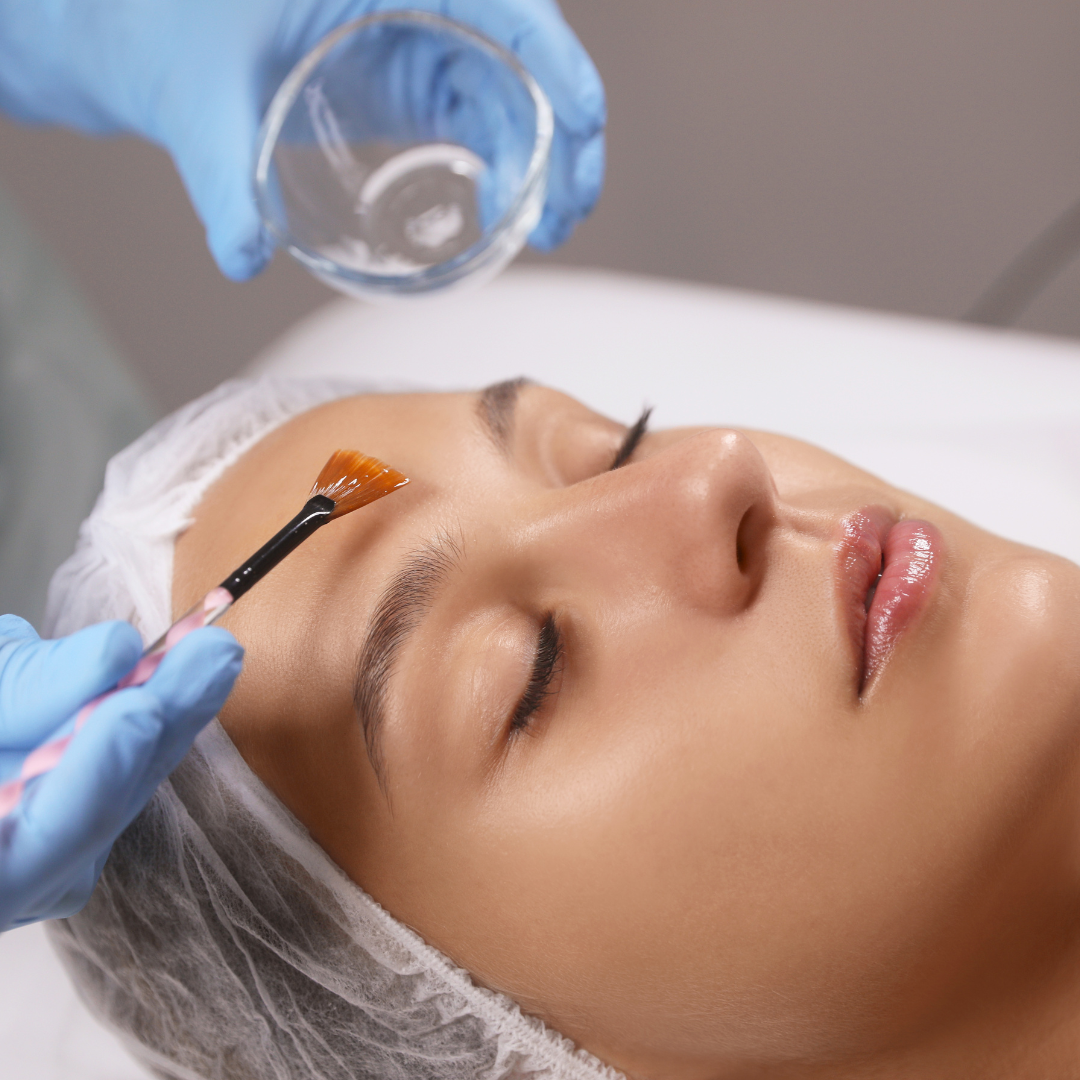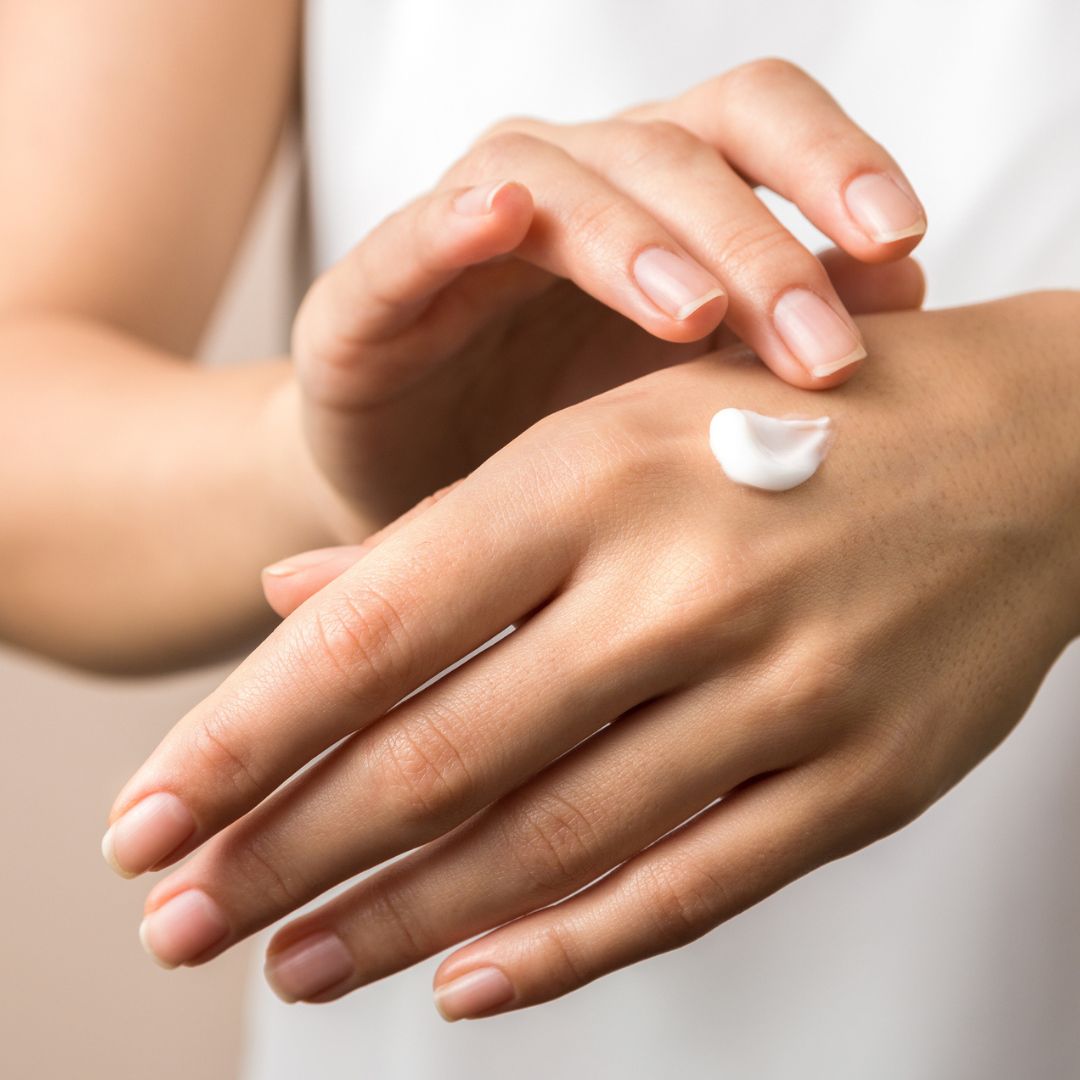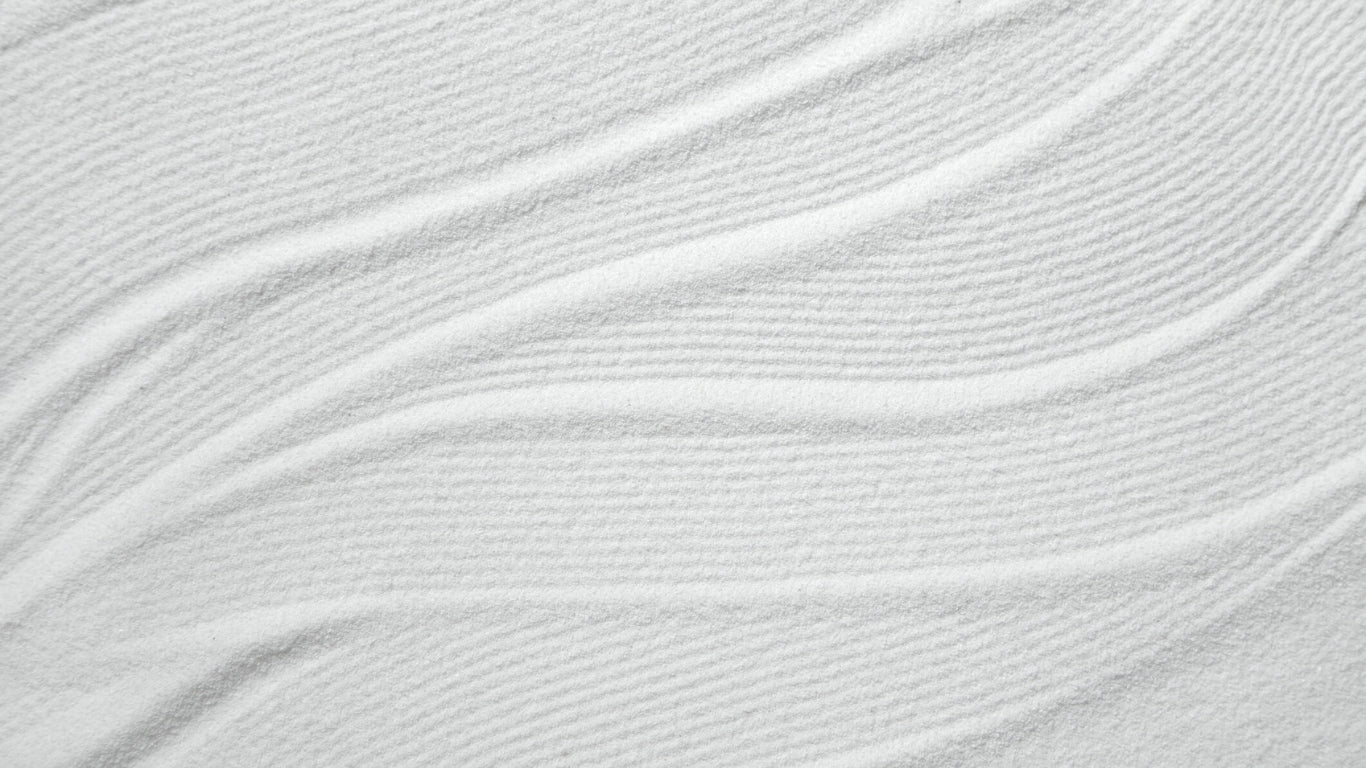
PHOTODYNAMIC THERAPY (PDT)
Non-Surgical Light Therapy for Precancerous Skin Conditions
Photodynamic therapy (PDT) is a medical-grade light treatment that uses a photosensitising agent and specialised light activation to destroy abnormal skin cells caused by sun damage and pre-cancerous lesions. It is a safe, effective alternative to surgery for treating actinic keratosis (solar keratosis) and certain early-stage skin cancers.
TREATMENT PROCESS
1. Pre-Treatment Consultation
2. Application of Photosensitising Agent
3. Incubation Period
4. Light Activation
5. Post-Treatment Care & Recovery
6. Follow-Up and Ongoing Monitoring
Your journey begins with a comprehensive skin assessment by one of our experienced doctors. If actinic keratosis, sun-damaged skin, or superficial skin cancers are identified, we’ll determine if PDT is the most appropriate treatment for your skin type and condition. We’ll also discuss your medical history and provide detailed pre-treatment instructions.
On the day of treatment, a light-sensitive solution (photosensitiser) is applied directly to the affected area of skin. This agent is absorbed by abnormal or damaged cells, making them more vulnerable to light-based activation.
After application, the area is covered and left to absorb the solution for approximately 1 to 3 hours, depending on the size and severity of the treatment area. You’ll remain in our clinic during this period to ensure comfort and protection from light.
Once the incubation period is complete, the treated skin is exposed to a controlled medical light source (usually red or blue light). The light activates the photosensitising agent, targeting and destroying abnormal cells without harming the surrounding healthy tissue.
Patients may feel a warm or tingling sensation during this step, which typically lasts 10–20 minutes.
After the procedure:
- The treated area may appear red, swollen, or crusted, similar to mild sunburn.
- You’ll receive aftercare instructions and a protective dressing if needed
- It’s essential to avoid direct sunlight for at least 48 hours, as your skin will be highly sensitive to UV light.
- Healing typically occurs within , and the new skin that forms is often smoother, clearer, and healthier.
A follow-up appointment may be scheduled to assess healing and ensure the complete clearance of treated lesions. For individuals with ongoing sun exposure or chronic actinic keratosis, we may recommend regular skin checks or repeat PDT sessions as part of a long-term prevention plan.






What is Photodynamic Therapy?
Photodynamic therapy (PDT) is a medical-grade light treatment that uses a photosensitising agent and specialised light activation to destroy abnormal skin cells caused by sun damage and pre-cancerous lesions. It is a safe, effective alternative to surgery for treating actinic keratosis (solar keratosis) and certain early-stage skin cancers.
PDT Treatment Process & Recovery
How Photodynamic Therapy Works
- A photosensitising solution is applied to the affected skin.
- The area is left to absorb the solution for a period of time.
- A special light source activates the solution, destroying damaged or pre-cancerous cells.
- Over the following days, the treated skin peels and regenerates, revealing new, healthy skin.
Conditions Treated with PDT
- Actinic keratosis (solar keratosis) – A precancerous skin condition caused by prolonged sun exposure.
- Superficial basal cell carcinoma (BCC) – Non-aggressive, early-stage skin cancer.
- Early squamous cell carcinoma (SCC in situ) – Superficial forms of skin cancer that have not spread.
- Extensive sun damage – Ideal for treating large areas of sun-exposed skin.
What to Expect After PDT Treatment
- Mild redness, peeling, and flaking in the treated area.
- The skin may be sensitive to sunlight for up to 48 hours post-treatment.
- Healing occurs within one to two weeks, leaving clearer, rejuvenated skin.
What is photodynamic therapy (PDT)?
PDT is a non-invasive skin treatment that uses a photosensitising agent and light activation to destroy abnormal or pre-cancerous skin cells.
What skin conditions can PDT treat?
It is commonly used for actinic keratosis (solar keratosis), superficial basal cell carcinoma, early squamous cell carcinoma, and sun-damaged skin.
Is PDT an alternative to surgery?
Yes, for certain pre-cancerous and early-stage skin cancers, PDT provides a non-surgical treatment option with minimal scarring.
Does PDT treatment hurt?
Most patients experience a mild tingling or stinging sensation during light activation, but discomfort is generally well-tolerated.
How long does a PDT session take?
A full treatment session lasts 1-2 hours, including the preparation and activation process.
What are the side effects of PDT?
Common side effects include redness, swelling, crusting, and temporary sensitivity to sunlight.
How long does it take for the skin to heal after PDT?
Most patients recover within one to two weeks, depending on the treated area.
Can I go in the sun after PDT?
You should avoid direct sunlight for at least 48 hours post-treatment, as your skin will be more sensitive to UV exposure.
Is PDT safe for all skin types?
PDT is most effective for fair or light skin types. Suitability will be assessed during your consultation.
How many PDT sessions do I need?
For mild actinic keratosis, one session may be enough. For more extensive damage, multiple sessions may be required.
Can PDT prevent skin cancer?
Yes, treating actinic keratosis and pre-cancerous cells can help reduce the risk of developing skin cancer.
Does Medicare cover PDT?
Some cases of actinic keratosis treatment may be covered, but check with your doctor for eligibility.
Can I apply makeup after PDT treatment?
It is best to avoid makeup for 48 hours, allowing the skin to heal properly.
Is PDT better than freezing (cryotherapy)?
PDT is more effective for treating large areas of sun damage, while cryotherapy is better for isolated lesions.




